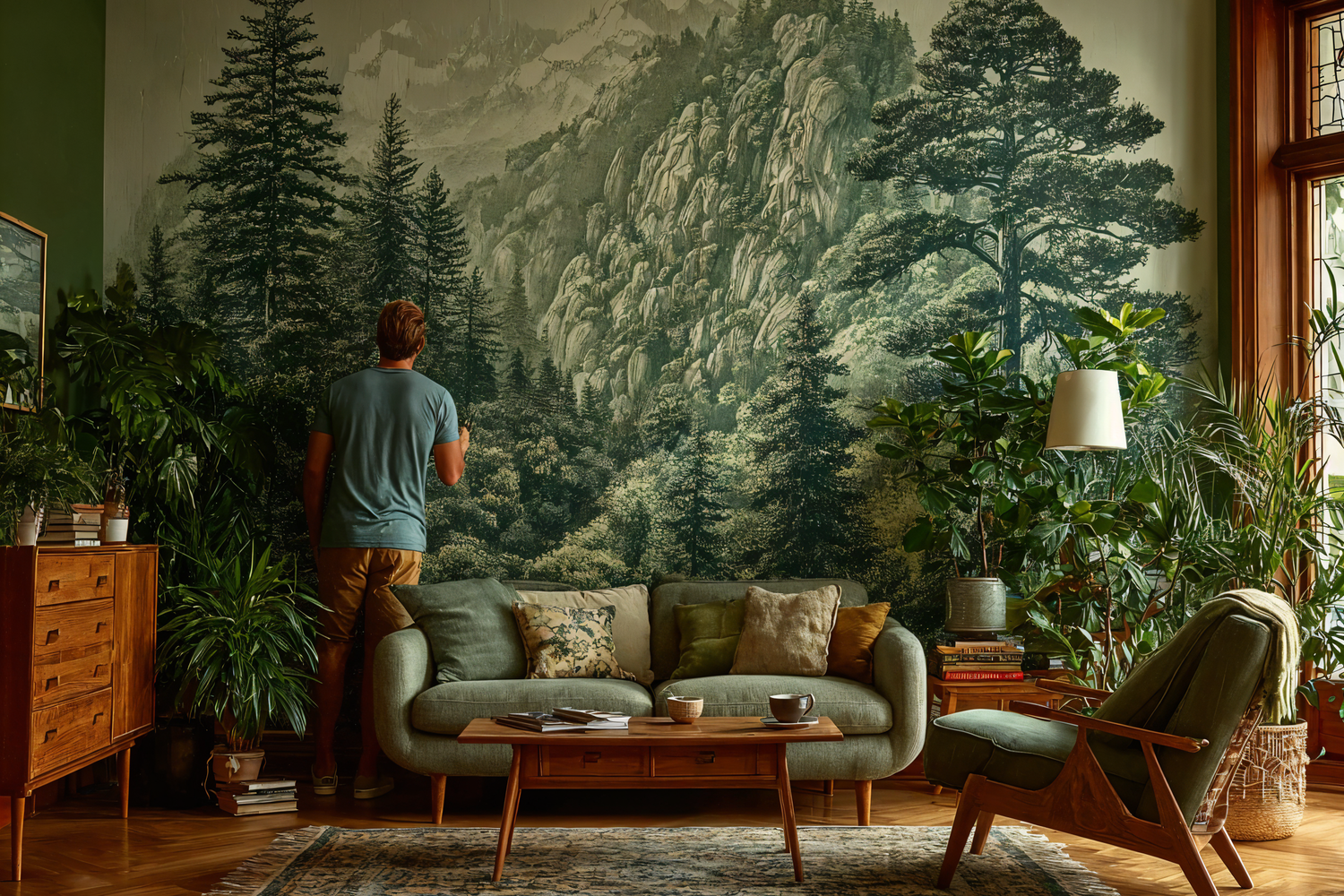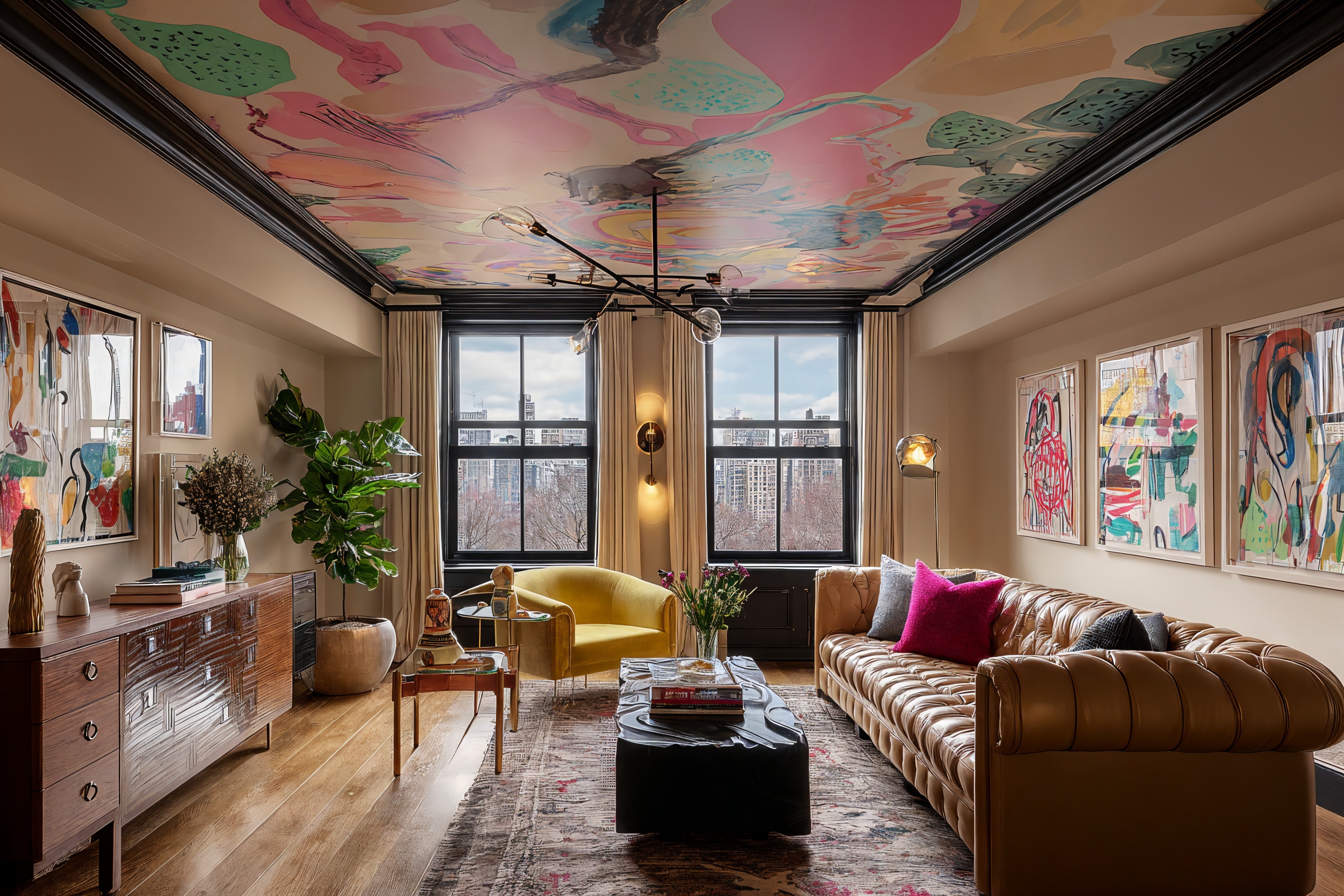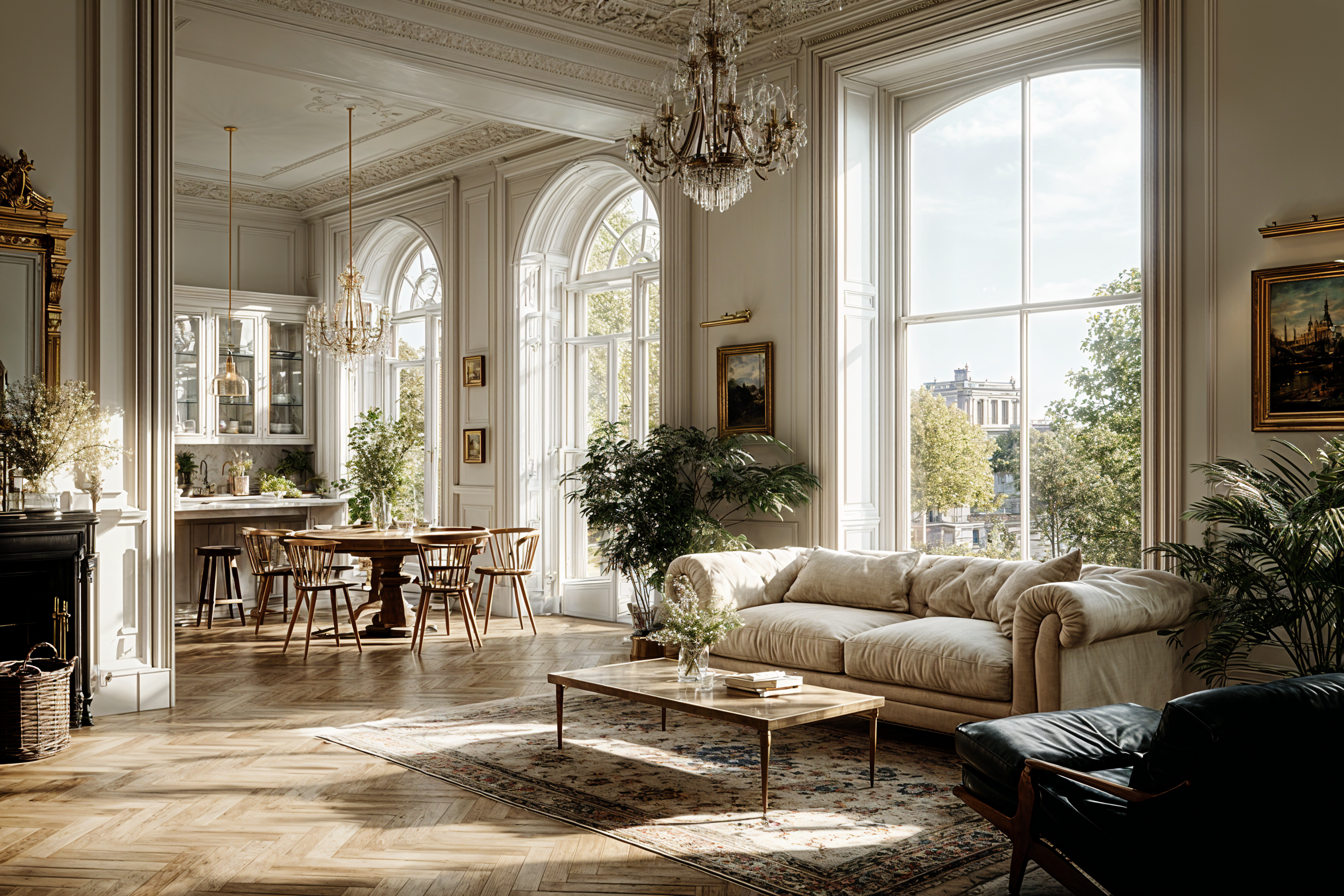Peel and stick wallpaper has completely changed how people decorate their homes. It’s quick, clean, and renter-friendly — no paste, no mess, no commitment.
But to achieve that smooth, professional look you see in photos, there’s more to it than just “stick and go.”
In this detailed guide, you’ll learn how to install peel and stick wallpaper without overlaps, what tools you really need, and how to prepare your wall so the adhesive performs perfectly.
We’ll also explain the difference between Peel & Stick PVC-free polyester and Peel & Stick Vinyl — and which is best for your project.
Why Choose Peel & Stick Wallpaper
Unlike traditional wallpaper that requires paste and drying time, peel and stick works just like a giant high-quality sticker.
You simply peel off the backing paper and smooth the adhesive side onto your wall.
It’s ideal if you:
- Live in a rental or want a temporary design
- Prefer a clean, no-mess installation
- Want to refresh a space in a few hours
- Enjoy DIY projects
Because the adhesive is pre-applied, it sticks immediately — which is both its biggest strength and main challenge. You need to place it correctly the first time, which is why surface prep and alignment are so important.
💡 Pro Tip: The smoother and cleaner your wall, the stronger and longer-lasting your peel & stick wallpaper will be.
Understanding the Two Types of Peel & Stick Materials
At Chic & Kiddo, we offer two premium peel and stick options, both printed in custom panels for perfect pattern alignment and minimal waste.
| Material | Key Benefits | Ideal Use |
|---|---|---|
| PVC-free (Polyester) | Eco-friendly, lightweight, breathable, repositionable. Matte finish gives a premium look. | Perfect for bedrooms, nurseries, living areas, or rental spaces. |
| Vinyl Peel & Stick | More durable, moisture-resistant, washable, and strong adhesive. Slightly glossy finish. | Best for kitchens, bathrooms, and high-traffic areas. |
Why Vinyl Works Better for Bathrooms and High-Traffic Areas
Vinyl’s structure naturally repels moisture. It has a non-porous surface, which means humidity and splashes won’t penetrate or weaken the adhesive.
This makes it ideal for bathrooms (outside direct water zones), laundry rooms, or entryways — spaces where PVC-free polyester could absorb humidity and lose adhesion over time.
Vinyl also resists scuffs and stains better, making it a more durable choice for busy households or public spaces.
Tools You’ll Need
- Tape measure & pencil
- Level or laser line tool
- Utility knife with fresh blades
- Straight edge or metal ruler
- Smoothing tool or wallpaper squeegee
- Seam roller (especially for vinyl)
- Drop cloths & painter’s tape
- Damp microfiber cloth
Having the right tools helps you work cleanly, avoid stretching the material, and maintain perfect alignment.
Step-by-Step Guide: How to Apply Peel & Stick Wallpaper (No Overlaps)
Step 1: Prepare the Wall
Peel and stick wallpaper relies entirely on adhesive contact — so if your wall has dust, texture, or uneven paint, the adhesive can’t grip properly.
Think of it like applying a large sticker: even tiny bumps or grease spots will cause bubbles and poor adhesion.
Here’s how to prep your wall properly:
- Clean with mild soap and water to remove dirt or oils.
- Dry completely — never install on damp walls.
- Fill holes or cracks, then sand smooth.
- If your wall was recently painted, wait at least 3 weeks for the paint to cure fully.
- Avoid applying on textured or glossy walls — the adhesive needs a flat, matte base.
🧽 Why this matters: The adhesive on peel & stick wallpaper is pressure-sensitive, meaning it bonds better with smooth, even surfaces under gentle pressure. Rough or oily walls reduce surface contact — leading to peeling corners or bubbles.
Step 2: Measure and Plan Your Layout
Before you peel anything, plan everything.
Measure your wall’s height and width, and compare it to your wallpaper panels.
If you’re using Chic & Kiddo wallpapers, your mural or pattern arrives in numbered panels, printed to match seamlessly with no need for trimming patterns.
Lay them on the floor in order — left to right — to visualize the layout and confirm the pattern direction.
Mark your starting point with a level or laser line. Always start on the most visible side (for example, near a doorway or main light source), so any minor misalignment is less noticeable.
Step 3: Apply the First Panel
- Peel down the top 6–10 inches of the backing paper and fold it underneath.
- Align the top edge with your ceiling or starting mark — use your level to double-check.
- Press the top section gently onto the wall, smoothing from the center outward.
- Once aligned, continue peeling the backing gradually while pressing and smoothing as you go.
⚠️ Avoid peeling the entire backing at once!
This is one of the most common beginner mistakes — it causes the adhesive to stick to itself or collect dust before reaching the wall.
Step 4: Butt Edges — Never Overlap
Each panel should meet its neighbor edge-to-edge — not overlap.
Peel and stick materials are designed with precise edges that align perfectly. Overlapping can cause ridges, gaps, or lifting over time because vinyl and polyester don’t shrink evenly.
💡 Why: Unlike traditional wallpaper, peel & stick doesn’t “soak” or expand — it keeps its exact size. Overlapping doubles the adhesive thickness, which can lead to visible seams or even peeling when temperature or humidity changes.
Step 5: Smooth and Adjust
Use your smoothing tool or wallpaper squeegee to press out air bubbles as you go.
Work from the center toward the edges with steady, even pressure — don’t force or stretch the material.
If you notice a misalignment:
- Gently lift the section back up.
- Reposition it and smooth again.
PVC-free polyester is more forgiving and can be repositioned several times. Vinyl allows slight repositioning but may stretch if pulled too hard — so move slowly.
Step 6: Trim and Finish
Once all panels are up:
- Trim edges cleanly using a sharp utility knife and a metal ruler.
- For vinyl, roll seams gently with a seam roller to secure adhesion.
- Check corners and edges — press firmly if any part feels loose.
Wipe gently with a damp cloth to remove fingerprints or dust.
Pro Tips from Wallpaper Experts
- Always install peel and stick wallpaper vertically, not horizontally — this prevents sagging.
- Keep the room temperature moderate during installation (ideally 20–25°C / 68–77°F). Extreme heat softens the adhesive; cold air stiffens it.
- If installing around windows or vents, leave a small 1–2 mm gap to prevent thermal expansion.
- For bathrooms: install away from direct water spray; ensure good ventilation.
Common Questions (and Honest Answers)
Q: Can I install peel & stick over textured walls or old wallpaper?
A: It’s not recommended. The adhesive needs flat, clean contact. Textures trap air, and the pattern will show through unevenly.
Q: How do I remove it later?
A: Start from a corner and peel slowly at a 45° angle. Any residue can be cleaned with mild soapy water. Both PVC-free and vinyl options remove cleanly without damaging painted surfaces.
Q: Can I reuse it?
A: It’s technically possible, but not ideal. Once removed, the adhesive collects dust, reducing grip. It’s best to use a fresh panel for the best results.
Maintenance & Longevity
- Clean gently with a soft, damp cloth — avoid scrubbing or strong detergents.
- Keep away from direct steam or prolonged moisture unless using vinyl.
- Properly installed peel & stick wallpaper can last for 5–10 years indoors.
Final Thoughts
Applying peel and stick wallpaper is easier than it looks — but the secret to success is preparation and precision.
When you treat it like a design project instead of a quick DIY fix, your results will look high-end and last for years.
At Chic & Kiddo, we produce custom-sized peel & stick wallpapers and murals in easy-to-install panels, tailored to your exact wall dimensions.
Whether you want a subtle texture, bold pattern, or artistic mural — your space deserves a perfect fit.





Dejar un comentario
Este sitio está protegido por hCaptcha y se aplican la Política de privacidad de hCaptcha y los Términos del servicio.